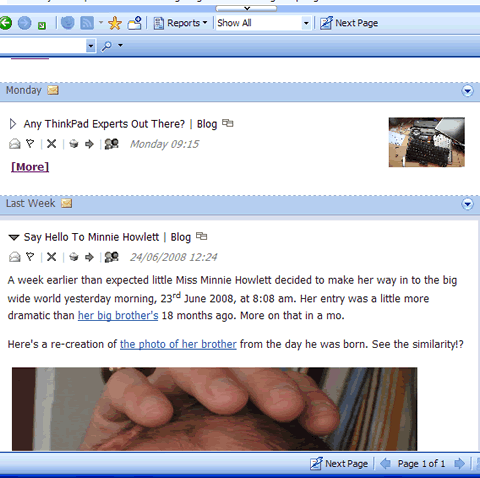Бюллетень "Lotus Notes CodeStore" No 45 от 2008-07-04
Рассылку ведет: Программист на Lotus NotesLotus CoderВыпуск No 45 от 2008-07-04
рассылка о программировании на Lotus Notes/Domino Обсуждения на форумах, блогах. Примеры программного кода на LotusScript,@formula, Java рассылка:выпускархивлентаблогсайт Бюллетень "Lotus Notes CodeStore" Выпуск 13 от 21.04.2008comp.soft.prog.lotuscodesrore
|
| Ссылки | Утилиты и программы | Сайты о Lotus Notes |
| В избранное | ||

 CodeStore. Примеры кодов
CodeStore. Примеры кодов Форумы.Свежи темы и обсуждения
Форумы.Свежи темы и обсуждения Tips. Советы
Tips. Советы
 As an example, here's
As an example, here's 



 Блоги. Что обсуждают и пишут
Блоги. Что обсуждают и пишут Статьи и Документация
Статьи и Документация